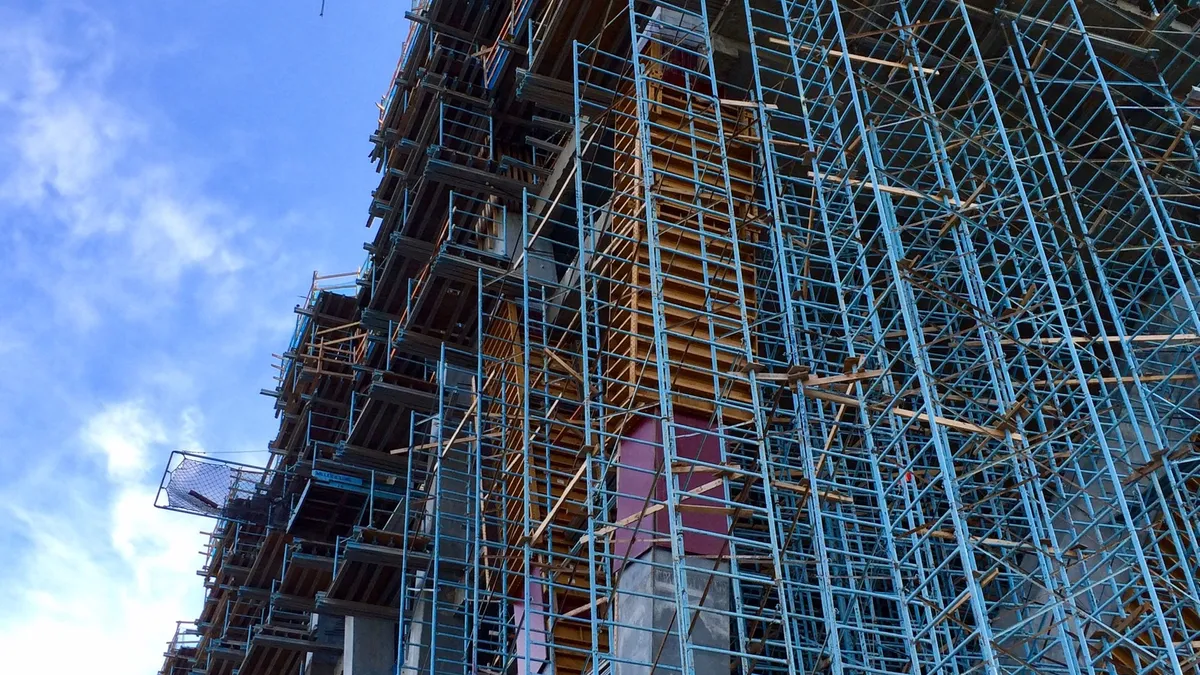Dive Brief:
-
A recent proposal to reform New York City’s 421-a affordable housing development program could cost $2.6 million to $5.7 million in taxpayer dollars per 300-unit building, depending on where the project is located within the city, according to a report by New York University’s Furman Center.
-
Under New York Gov. Andrew Cuomo’s proposal, developers working on 300-unit-plus projects in Manhattan, Brooklyn and Queens must pay workers based on a location-based wage floor, as well as offer more affordable housing, in order to get the extended tax break.
-
The abatement is expected to offset a 10 to 18% rise in construction costs. However, the report’s authors are uncertain as to the actual effect of the wage increase on construction costs and thus whether the tax break is too large.
Dive Insight:
Cuomo put forth his proposal last month in an attempt to breathe new life into the program, which had been in legislative limbo since city, state and union officials in November struck a deal to bring it back after it expired in June.
Concerns persist over how developers are using the abatement. While it’s meant to help them make up for the costs associated with including affordable housing in their project, critics say many developers are passing off the tax break as a benefit to condo owners in some of their buildings. A report last month from the New York City Independent Budget Office alleged that $2.5 billion in program benefits from 2005 to 2015 were absorbed by condo owners, according to The Real Deal.
Additionally, the NYU report found, if labor costs come to outweigh the benefit of the tax abatement, developers could curb building activity or construct buildings with fewer than 300 units in an attempt to avoid the wage requirements.
For more housing news, sign up for our daily residential construction newsletter.











